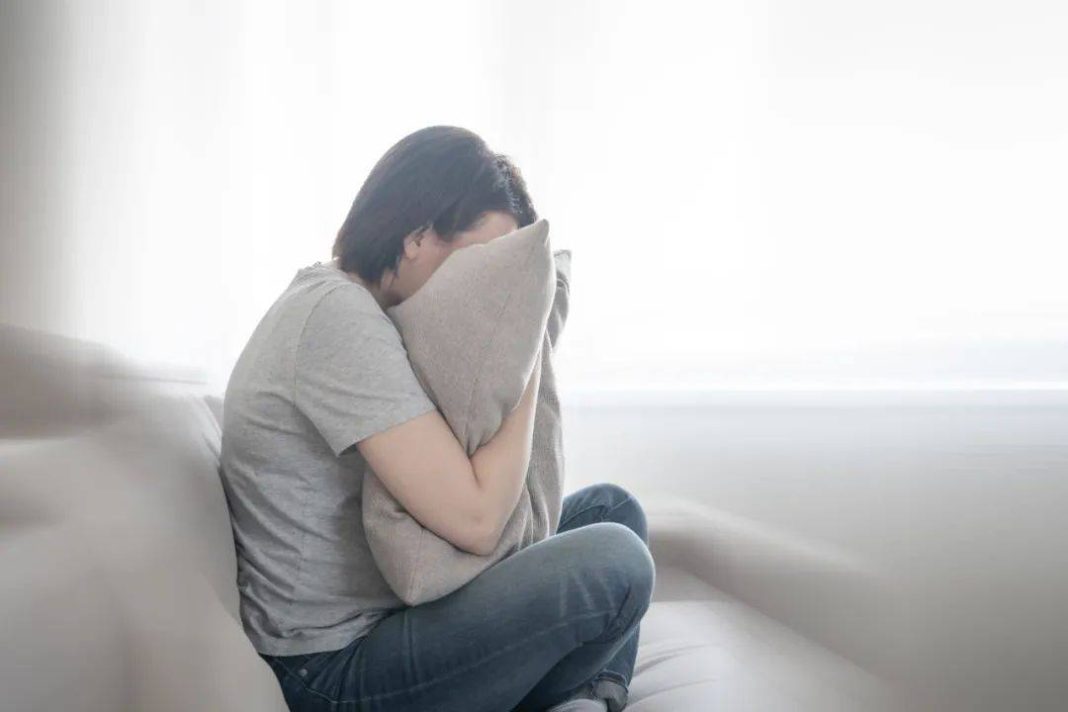The Start of Autumn has just passed, which signifies the arrival of the autumn season. As autumn comes, the weather gradually becomes cooler, with significant differences between day and night. However, it is often said that autumn carries a chilling atmosphere, and the scenes become increasingly desolate, leading some individuals to feel a sense of melancholy and potentially trigger depression.
So why is depression more prevalent in autumn? How can one escape the troubles of depression?
Today, let’s talk about autumn depression.
01
Characteristics of the Illness
Autumn depression, as a relatively unique subtype, exhibits some distinctive symptoms. For instance, changes in sleep patterns are noteworthy; many typical depression patients may struggle with falling asleep, experience early waking, and have shortened sleep duration. However, those suffering from seasonal depression may exhibit increased sleep, hypersomnia, low energy, and fatigue, along with a potential rise in appetite and binge eating. This contrasts with what is commonly seen in depression patients who often cannot eat.
Additionally, as a type of seasonal affective disorder, the factors contributing to autumn depression are linked to the duration of sunlight. People in higher latitudes may be more prone to experiencing autumn depression. For example, some Nordic countries see a relatively higher incidence of seasonal depression due to their particularly long winters and insufficient sunlight, resulting in higher reported cases in those regions.
02
Diagnostic Criteria
In diagnosing seasonal affective disorder, in addition to the usual diagnostic criteria for depression, there is a specific standard which generally requires that symptoms occur during the same time period for at least two consecutive years. If seasonal mood disorders are only observed in the current year, the doctor must monitor the patient’s situation in the following year.
03
Treatment Methods
In terms of treatment, seasonal affective disorder and usual depression share similar treatment methods, categorized into three main types. The first type is medication treatment, the second is physical therapy, and the third is psychotherapy. Regardless of the type of treatment, a significant challenge is the patient’s compliance. Compliance refers to whether patients can adhere to the doctor’s recommendations and cooperate with the complete treatment cycle. Many patients tend to give up during the early stages of treatment, feeling that they do not see improvement or effects in a short time, or believing the treatment cycle is too long to sustain. This situation is quite common among patients.
Taking medication treatment as an example, for patients experiencing their first depressive episode, the initial treatment phase may last 2-3 months, during which the goal is to manage most symptoms and make them less apparent. However, this 2-3 month period does not mark the end of treatment; it may just be the beginning.
The second phase requires continued consolidation to prevent symptom relapse and rapid recurrence. Thus, for first-time depressive episode patients, the overall treatment duration may extend to 6-9 months. For those who have experienced two or more depressive episodes, their treatment cycle will be correspondingly prolonged, potentially lasting a year, two years, or longer. Therefore, maintaining patient adherence to treatment is a major challenge in managing chronic conditions like depression.
Hospitals should enhance education and popular science communication for patients and their families in outpatient settings, wards, or through the media, helping them to truly understand depression, eliminate stigma, and actively cooperate with doctors’ treatment plans to restore normal life as soon as possible.
Source: Beijing Anding Hospital


